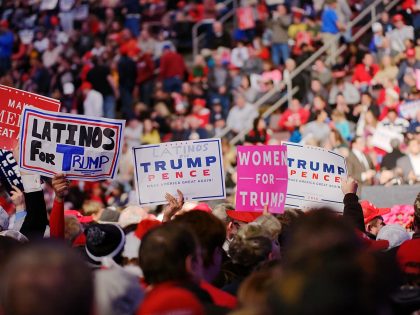
Democrats Lost Working-Class Voters’ Trust
Thanks to decades of failing to seriously address the economic struggles of ordinary Americans, the Democratic Party brand has cratered in the Rust Belt and is increasingly flagging with working-class voters of all races.

















